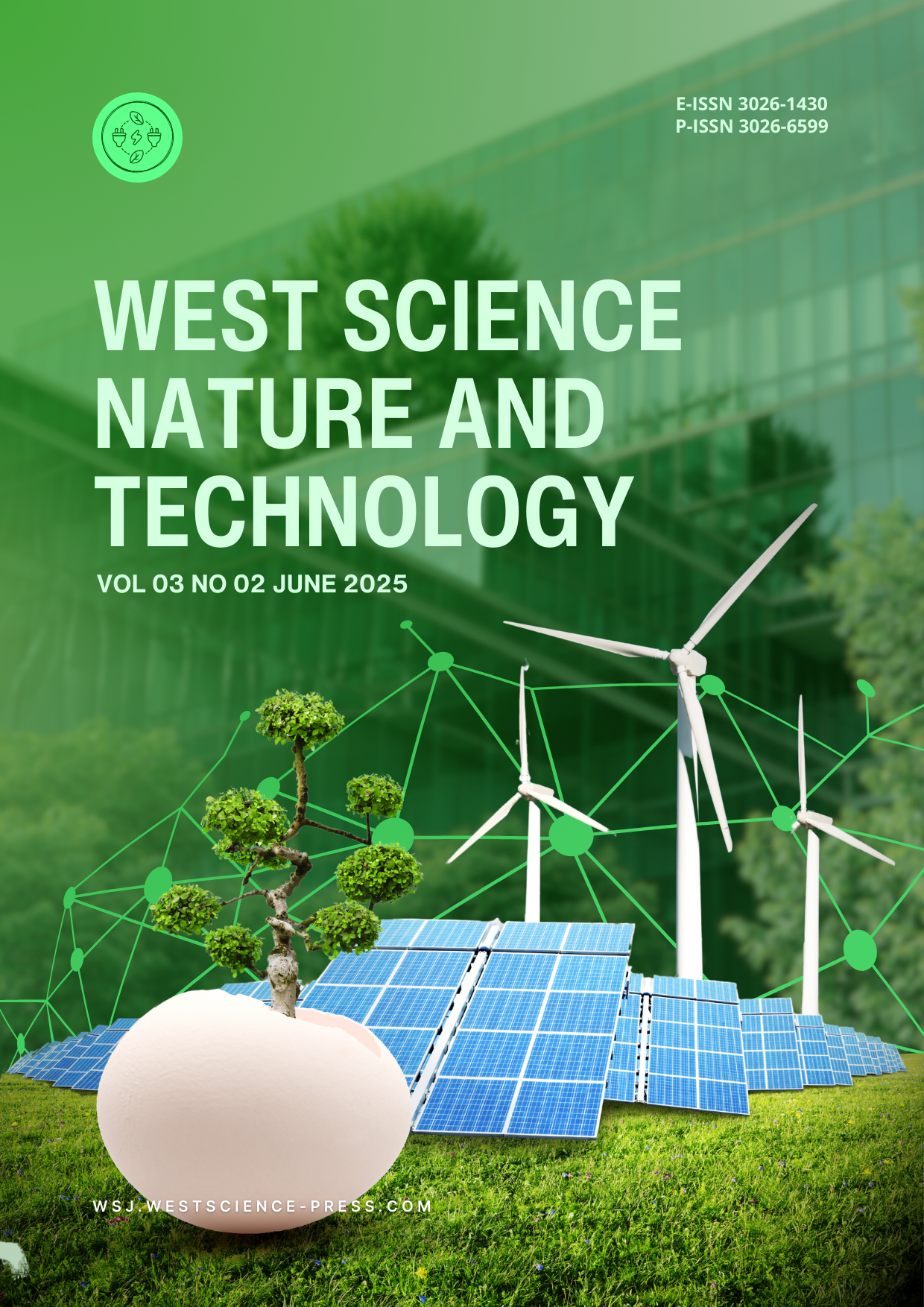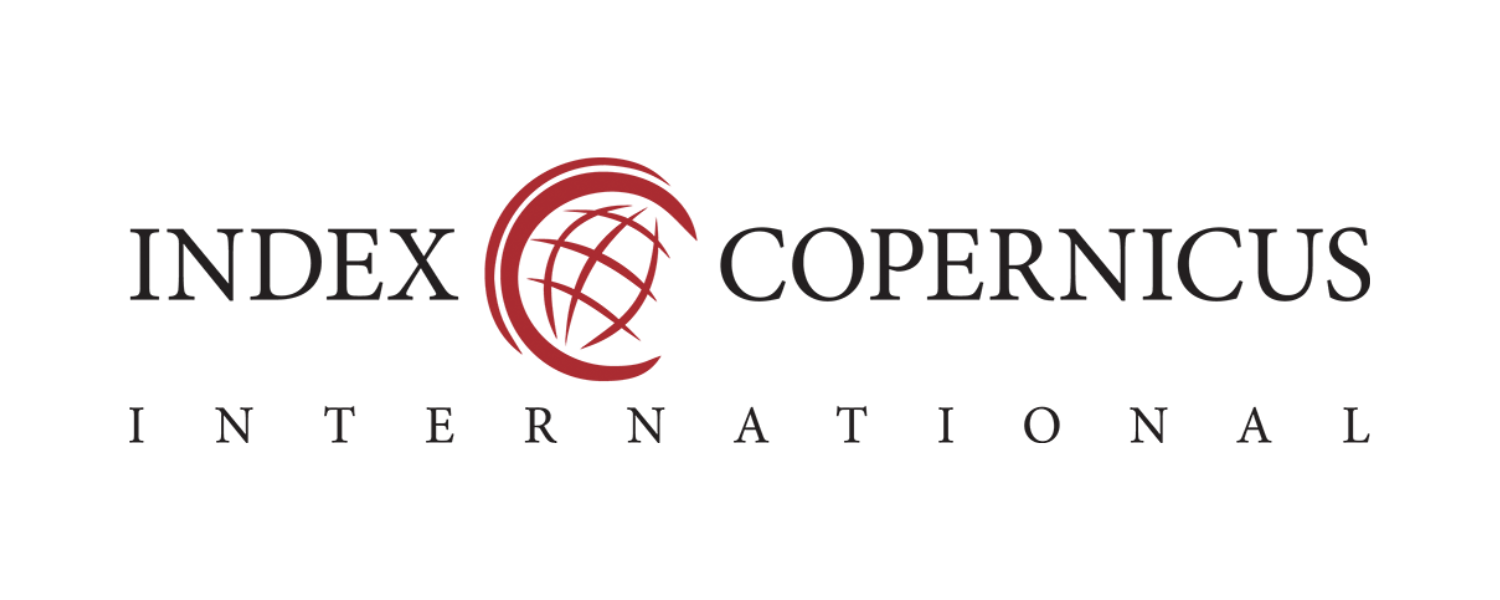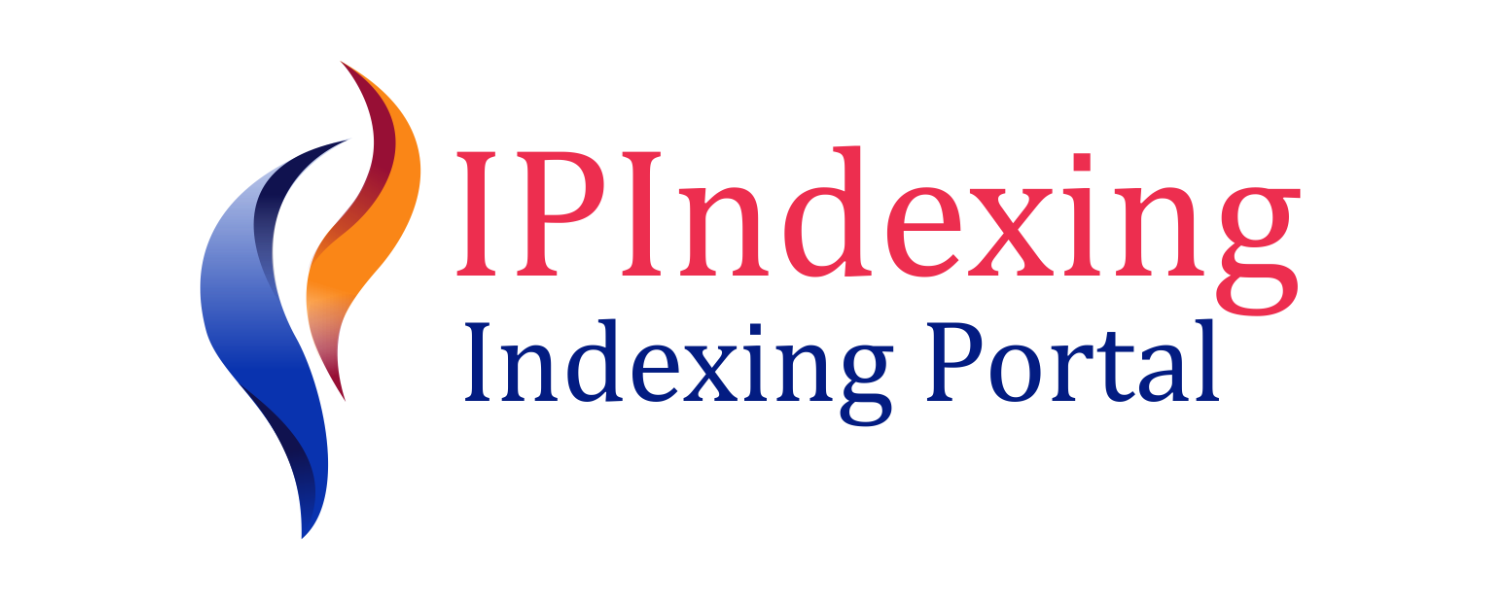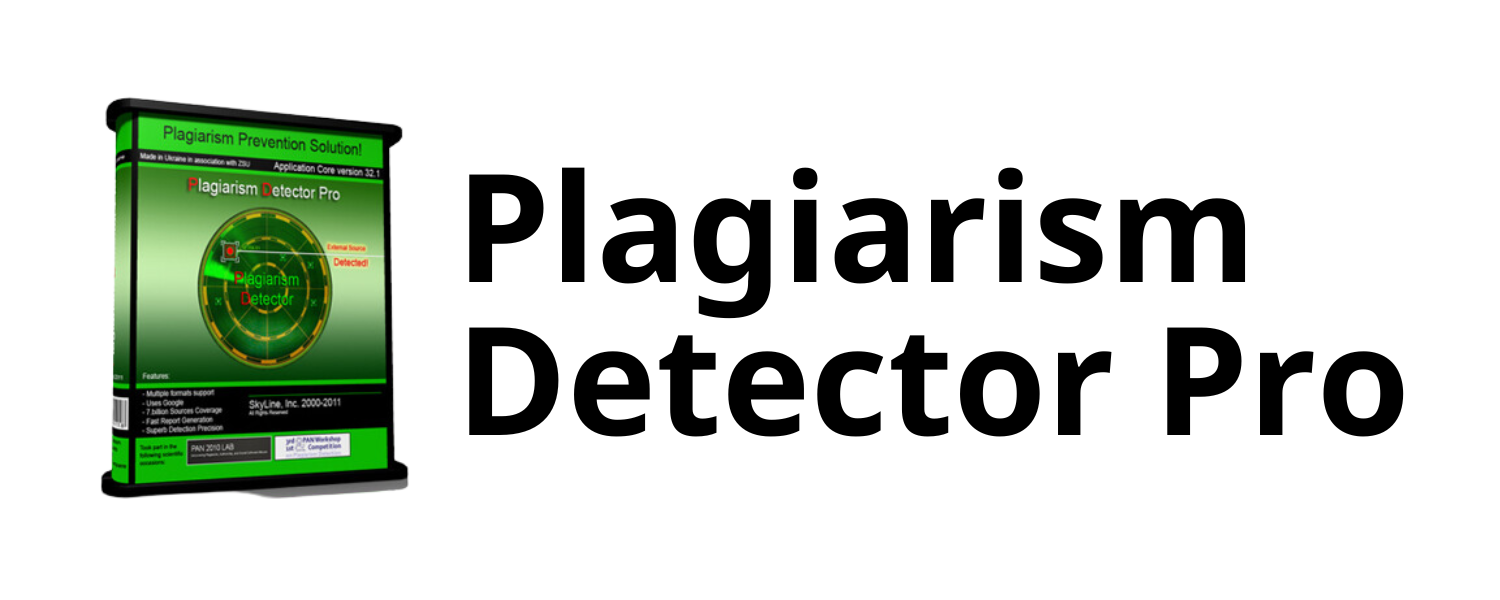Environmental Health Study of Coastal Communities to Domestic Wastewater Risks in Medan City
DOI:
https://doi.org/10.58812/wsnt.v3i02.1976Keywords:
Environmental Health, Coastal Communities, Domestic Waste Management, Infrastructure AdequacyAbstract
This study examines the environmental health risks posed by domestic waste in coastal communities in Medan City, employing a quantitative approach with a sample of 150 respondents analyzed using Structural Equation Modeling-Partial Least Squares (SEM-PLS). The findings highlight significant positive relationships between waste management practices, community awareness, and environmental health outcomes. Infrastructure adequacy further enhances the impact of waste management on health outcomes, demonstrating its moderating role. These results underscore the necessity of integrated strategies combining effective waste management, educational initiatives, and infrastructural investments to improve environmental health in coastal areas. This research provides actionable insights for policymakers and stakeholders, emphasizing the importance of sustainable waste practices to mitigate environmental and health risks.
References
[1] S. M. Indirawati, S. Pandia, H. Mawengkang, and W. Hasan, “Analysis Quality of Environmental Health in Coastal Communities,” in 1st Public Health International Conference (PHICo 2016), Atlantis Press, 2016, pp. 315–319.
[2] S. Hossain, M. A. Rahman, M. A. Chowdhury, and S. K. Mohonta, “Plastic pollution in Bangladesh: A review on current status emphasizing the impacts on environment and public health,” Environ. Eng. Res., vol. 26, no. 6, 2021.
[3] N. Rangel-Buitrago, F. Galgani, and W. J. Neal, “Addressing the global challenge of coastal sewage pollution,” Mar. Pollut. Bull., vol. 201, p. 116232, 2024.
[4] E. Erika and E. Gusmira, “Analisis Dampak Limbah Sampah Rumah Tangga Terhubung Pencemaran Lingkungan Hidup,” Profit J. Manajemen, Bisnis dan Akunt., vol. 3, no. 3, pp. 90–102, 2024.
[5] O. A. Alabi, T. B. C. Pasa, and T. C. Adebo, “Environmental Contamination and Public Health Eff ects of Household Hazardous Waste,” J. ISSN, vol. 2766, p. 2276, 2023.
[6] J. O. Ed-Idoko et al., “Impact of Improper Waste Disposal on Surface and Ground Water,” J. Agric. Ecol. Res. Int., vol. 25, no. 6, pp. 72–90, 2024.
[7] D. Kurniawati, F. Kholidah, R. G. M. Negarawati, V. D. Febriyanti, and D. O. Radianto, “Pengelolaan limbah sampah rumah tangga sebagai upaya pelestarian lingkungan hidup,” J. Wilayah, Kota Dan Lingkung. Berkelanjutan, vol. 3, no. 1, pp. 72–83, 2024.
[8] P. H. Sari and N. F. Zahra, “Cost and benefit analysis of waste management at Rawa Kucing landfill with the refuse-derived fuel (RDF) method,” J. Entrep. Econ., vol. 2, no. 1, pp. 30–48, 2025.
[9] R. Utami, H. Khair, and I. Rachman, “Waste-to-Energy Potential in Medan City, Indonesia: Challenges and Opportunities for Sustainable Urban Development,” policy, vol. 19, p. 20.
[10] H. Ridho and T. P. Situmorang, “Collaborative Management of Medan City Waste and Deli Serdang Regency in the Mebidangro Concept,” 2020.
[11] H. Khair, I. Rachman, and T. Matsumoto, “Analyzing household waste generation and its composition to expand the solid waste bank program in Indonesia: a case study of Medan City,” J. Mater. Cycles Waste Manag., vol. 21, pp. 1027–1037, 2019.
[12] J. F. de Moura, E. M. Roges, R. L. de Souza, S. Siciliano, and D. dos Prazeres Rodrigues, “Marine environment and public health,” Biodivers. Conserv. Util. a Divers. World, vol. 263, p. 284, 2012.
[13] A. Marsden, “The challenge of domestic waste disposal,” in Packaging in the Environment, Springer, 1993, pp. 147–161.
[14] Y. He, Z. Zaremohzzabieh, H. A. Rahman, S. N. S. Ismail, and J. Bin-Qiang, “Applying participatory research in solid waste management: A systematic literature review and evaluation reporting,” J. Infrastructure, Policy Dev., vol. 8, no. 5, pp. 1–28, 2024.
[15] P. U. Asnani, “Solid waste management,” India Infrastruct. Rep., vol. 570, 2006.
[16] M. Farooq, J. Cheng, N. U. Khan, R. A. Saufi, N. Kanwal, and H. A. Bazkiaei, “Sustainable waste management companies with innovative smart solutions: a systematic review and conceptual model,” Sustainability, vol. 14, no. 20, p. 13146, 2022.
[17] R. Mashudi, R. Sulistiowati, S. Handoyo, E. Mulyandari, and N. Hamzah, “Innovative Strategies and Technologies in Waste Management in the Modern Era Integration of Sustainable Principles, Resource Efficiency, and Environmental Impact,” Int. J. Sci. Soc, vol. 5, pp. 87–100, 2023.
[18] C. A. Kinanthi, A. E. Noveyani, and T. D. Simanjuntak, “Waste Management Education for Preventing Infectious Diseases among Coastal Community in Watu Ulo Beach, Jember”.
[19] M. M. Sobandi, Y. L. D. Y. Sinaga, R. Situmorang, I. Isviyanti, and J. J. Sodik, “Bersama Desa Mangunarga: Membangun Perilaku Hidup Bersih dan Sehat untuk Kehidupan Sejahtera,” Ekspresi Publ. Kegiat. Pengabdi. Indones., vol. 1, no. 3, pp. 15–22, 2024.
[20] M. Jevrić and I. Ćipranić, “Raising public awareness of waste management,” in Circular Economy Implementation for Sustainability in the Built Environment, IGI Global, 2023, pp. 139–158.
[21] Y. Ismail and F. M. Sidjabat, “Community empowerment in household waste management,” J. Community Engagem., vol. 1, no. 1, pp. 24–29, 2019.
[22] S. Septiani and S. Susilawati, “Upaya Pemberdayaan Masyarakat Pesisir Untuk Mengurangi Sampah Melalui Gerakan Bersih Pantai,” J. Vent., vol. 1, no. 2, pp. 143–148, 2023.
[23] G. Herrera-Franco, B. Merchán-Sanmartín, J. Caicedo-Potosí, J. B. Bitar, E. Berrezueta, and P. Carrión-Mero, “A systematic review of coastal zone integrated waste management for sustainability strategies,” Environ. Res., vol. 245, p. 117968, 2024.
[24] A. R. Thomas, M. I. Thayyil, and L. Philip, “Strategies for Adaptation of Solid Waste Management Infrastructure in Coastal Areas to Climate Change,” in International Conference on Hydraulics, Water Resources and Coastal Engineering, Springer, 2021, pp. 413–428.
[25] M. Zahra, “Presiding over a Flood of Waste: A case study on a local movement for domestic waste management at the household level, Bandung city, Indonesia,” Master Thesis Ser. Environ. Stud. Sustain. Sci., 2017.
[26] V. W. T. Prasetyo, P. S. Murdapa, C. D. Indrawati, and T. L. Windyaningrum, “Model Awal Berbasis System Dynamics Untuk Pengelolaan Sampah Rumah Tangga Di Suatu Kota,” JUSTER J. Sains dan Terap., vol. 3, no. 3, pp. 24–28, 2024.
[27] R. C. Verzosa, F. J. M. Katipunan, J. G. B. Lumangyao, and E. S. Antonio, “Solid waste management awareness and practices in coastal communities,” Davao Res. J., vol. 15, no. 3, pp. 60–77, 2024.
[28] M. Musiana, S. N. Ishak, M. S. Soamole, and D. M. Surasno, “Analysis of Community-Based Waste Management Policies to Achieve Clean and Healthy Environment,” West Sci. Interdiscip. Stud, vol. 2, no. 04, pp. 749–753, 2024.
[29] S. D. Oluwagbayide, F. O. Abulude, A. Akinnusotu, and K. M. Arifalo, “The Relationship between Waste Management Practices and Human Health: New Perspective and Consequences,” Indones. J. Innov. Appl. Sci., vol. 4, no. 1, pp. 19–34, 2024.
[30] M. Khoiruman et al., “Penyuluhan dan Pelatihan Pengolahan Sampah Organik dan Anorganik Menjadi Berkah di Dusun Gunung Remuk Ketapang Kalipuro Banyuwangi,” J. Hum. Educ., vol. 4, no. 4, pp. 193–201, 2024.
[31] E. Nurhayati and S. Nurhayati, “Community waste management education: strategies and impacts,” J. Dimens., vol. 12, no. 3, pp. 677–686, 2023.
[32] A. D. W. M. Sidik et al., “Empowering Communities through Enhancing Environmental Awareness: A Case Study of Cikelat Village, Sukabumi, West Java in Community Service Activities,” J. Innov. Community Engagem., vol. 5, no. 1, pp. 18–34, 2024.
[33] L. S. Arini, “Building Community Awareness in Waste Management,” Int. J. Soc. Heal., vol. 3, no. 8, pp. 518–524, 2024.
[34] F. Ahen and J. Amankwah-Amoah, “Sustainable Waste Management Innovations in Africa: New Perspectives and Research Agenda for Improving Global Health,” Sustainability, vol. 13, no. 12, p. 6646, 2021.
[35] T. Istiqomah and L. Corsita, “Implementation of Community-Based Waste Management to Improve Environmental Health in Villages,” Sustain. Appl. Modif. Evid. Community, vol. 1, no. 2, pp. 1–8, 2024.
[36] A. U. Zaman, “A comprehensive review of the development of zero waste management: lessons learned and guidelines,” J. Clean. Prod., vol. 91, pp. 12–25, 2015.
[37] O. Olorunfemi and I. F. Aina, “From Bin to Bedside: Understanding the Health Burden of Inadequate Waste Disposal,” J. Adv. Heal. Res. Clin. Med., vol. 1, no. 2, pp. 54–59, 2024.
[38] A. V Shekdar, “Sustainable solid waste management: An integrated approach for Asian countries,” Waste Manag., vol. 29, no. 4, pp. 1438–1448, 2009.
Downloads
Published
Issue
Section
License
Copyright (c) 2025 Deli Syaputri, Restu Auliani, Mustar Rusli, Jernita Sinaga, Erba Kalo Manik

This work is licensed under a Creative Commons Attribution-ShareAlike 4.0 International License.






















 Instagram
Instagram 